Flexzilla® Pro Reusable Fittings and Splicers allow you to quickly repair Flexzilla hose on the job site or create a custom length hose in just three easy steps.
Available in a variety of dimensions and fittings to meet all your needs.
| RP900250 | 1/4 in. MNPT | 1/4 in. |
| RP900375 | 1/4 in. MNPT | 3/8 in. |
| RP900500 | 3/8 in. | 1/2 in. |
| RP900250BS | 1/4 in. MNPT | 1/4 in. |
| RP900375BS | 1/4 in. MNPT | 3/8 in. |
| RP900250S | 1/4 in. MNPT | 1/4 in. |
| RP900375S | 1/4 in. MNPT | 3/8 in. |
| RP900500S | 3/8 in. MNPT | 1/2 in. |
Reusable MNPT anodized aircraft aluminum fitting for Flexzilla and Flexzilla Pro Air Hose
| RP901250 | 1/4 in. |
| RP901375 | 3/8 in. |
| RP901500 | 1/2 in. |
| CUT – Measure and cut desired length of hose at 90° angle. | INSTALL – Slide spiral fitting and nut onto hose. Push hose onto fitting until hose reaches threads. | TIGHTEN – Tighten fitting nut until snug. Slide bend restrictor up and snap onto nut. |
| CUT – Cut damaged portion of hose at 90° angle. Slide fitting nuts onto hose. | INSTALL – Slide hose onto fitting until hose reaches threads. | TIGHTEN – Tighten fitting nuts until snug. |
4.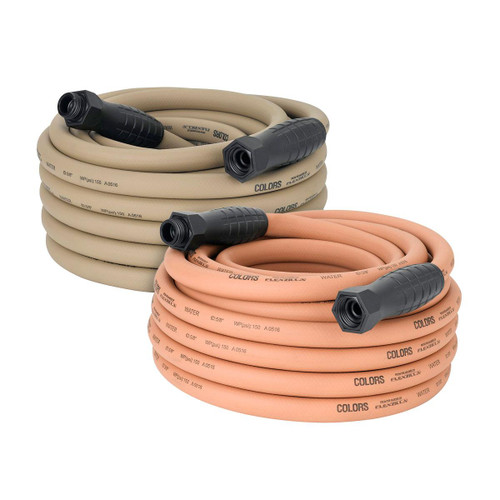 75 out of 5 stars
( 7 )
75 out of 5 stars
( 7 )
Part Number: LMC-RP900375
Flexzilla Pro - Field Repair Process
Overview
Brand:
Flexzilla
Manufacturer's Part Number:
RP900375
Part Type:
Air Tool Fittings
Product Line:
Flexzilla Hose Ends
Summit Racing Part Number:
LMC-RP900375
UPC:
92329903759
Air Tool Fitting Style:
M-style
Fitting Material:
Aluminum
Fitting Color:
Black anodized
Quantity:
Sold individually.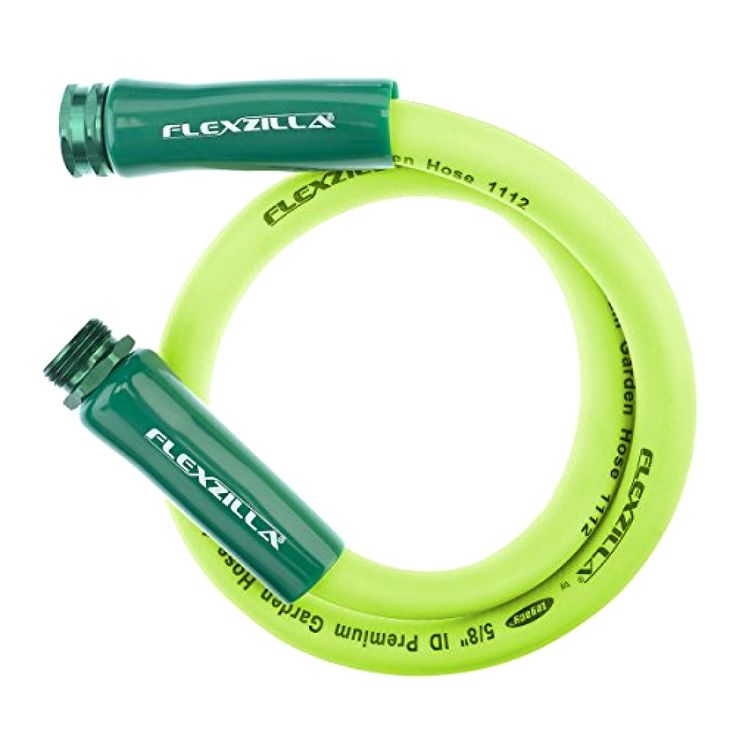
Notes:
Air hose reusable end.
Flexzilla Hose Ends
Repair your Flexzilla air hoses with reusable hose ends from Legacy Manufacturing. These anodized aluminum fittings make repairs fast and easy. Plus, the spiral bend restrictor increases your hoses' flexibility. Mend your Flexzilla and Flexzilla Pro air hoses with just two wrenches and Flexzilla hose ends.
Applications
Questions & Answers Ask a Product Question
Ask a Question
What type of question would you like to submit?
I have a Customer Service question
(order, shipping, returns, etc.).
Customer Service Question
- OR -
I would like to ask other customers
a question about this Product.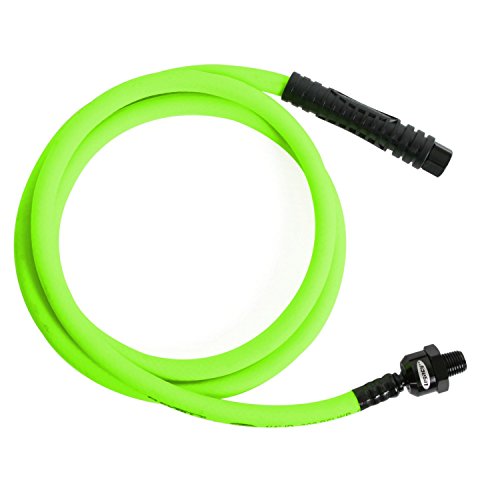 Product Related Question
Product Related Question
Reviews Write a Review
Some parts are not legal for use in California or other states with similar laws / regulations
Call To Order
This is a custom order part. You can order this part by Contacting Us.
International Customer Options
Shipping Options
If you are an international customer who ships to a US address choose "United States Shipping" and we will estimate your ship dates accordingly.
Currency Options
If you are an international customer and would like to change the currency that prices are displayed in, you can do so here. Please note that Checkout Prices will be in US Dollars.
Please note that Checkout Prices will be in US Dollars.
Here are some jargons from the student sphere that can be classified as traditional:

The above examples of jargon have taken root in circulation so long ago that they are no longer even considered slang. But those that are new, perhaps not even familiar to everyone:
The student sociolect is perhaps one of the most frequently replenished. Therefore, this jargon has a "live" character. And it will exist until the social group itself disappears.
The word jargon itself comes from the French jargon. It differs from the standards of the literary language:
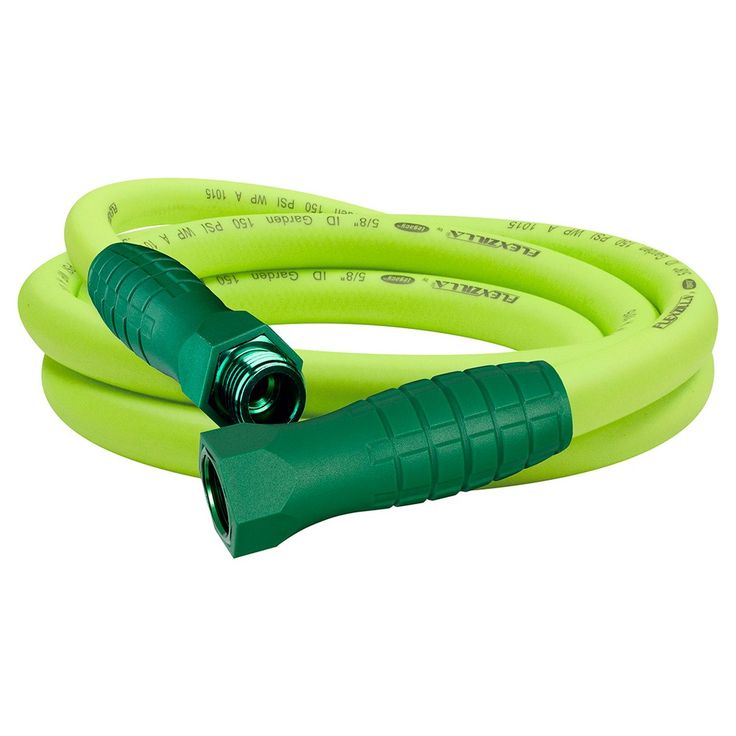
Nowadays, the use of slang words and sentences has become ubiquitous. Listening to the radio, watching TV, reading newspapers or magazines, you can find the use of specific vocabulary. Linguists are constantly studying and compiling dictionaries, replenished with new jargon.
They should be listed at the end of the topic. A dictionary of criminal slang, if released in the format of a book, will be as thick as a weighty brochure. All words and phrases cannot be listed, so here are the most striking examples of the jargon of criminals: 213 of the Criminal Code of the Russian Federation. The word carries a connotation of contempt.
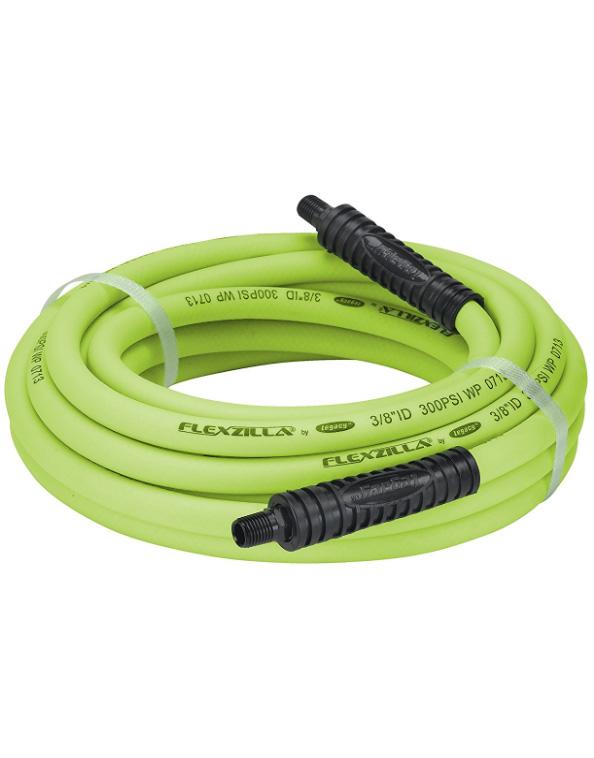
Given that there are hundreds of such words, one can imagine how incomprehensible the communication of prisoners will seem to an ordinary person. In fact, there are many more examples of jargon in the Russian language, but the prison one is the most specific and interesting in terms of word formation.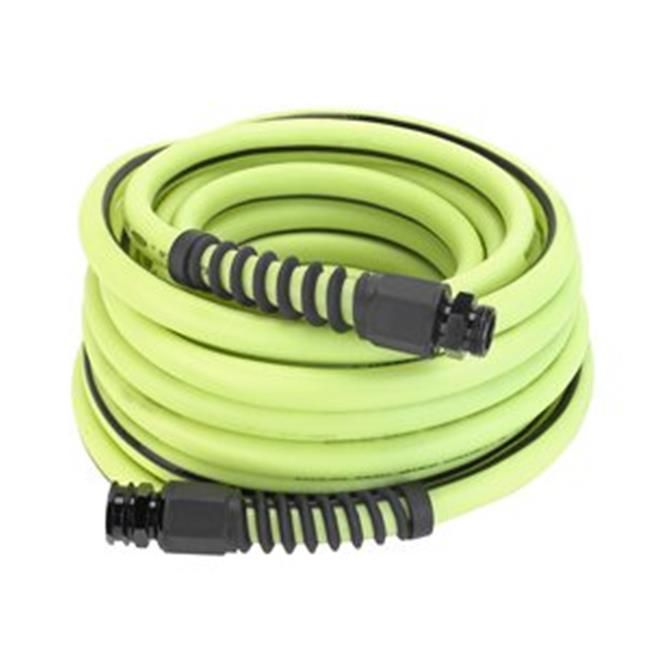 Not without reason, many works of a scientific nature are devoted to its study.
Not without reason, many works of a scientific nature are devoted to its study.
Professionalisms are a group of words or expressions that are characteristic of a particular group of people involved in a particular field, or related to one profession.
Sometimes these words come out of a certain "narrow circle" and begin to be used en masse. But some PROFESSIONALISMS remain little known.
Well, for example, we all know exactly what antibiotics are. These are medicines that have a very strong effect and help with various colds.
But the word itself has a medical origin and came from this sphere. That is, before it was used only by doctors, but at some point it became publicly available.
But the word "Snegurochka" in medical language means a person who has a low temperature. It sounds funny, of course. But if you hear from the doctor “This Snow Maiden does not want to get better,” you are unlikely to understand what it is about.
Slang is a set of words and expressions (new/previously understood in other meanings) that are used by people of certain social, age, professional groups.
Slang is a kind of secret code that shows your belonging to a particular group. When the language was still in its infancy, people always wanted to communicate in such a way that they were understood by their own, but not understood by others. Slang itself is a variation of the "secret language".
In the Middle Ages in Europe there were secret languages of beggars, merchants or thieves. In America, during the Great Depression, there was a language called Hobo. The language of workers and vagabonds. These were conventional signs that they left in conventional places.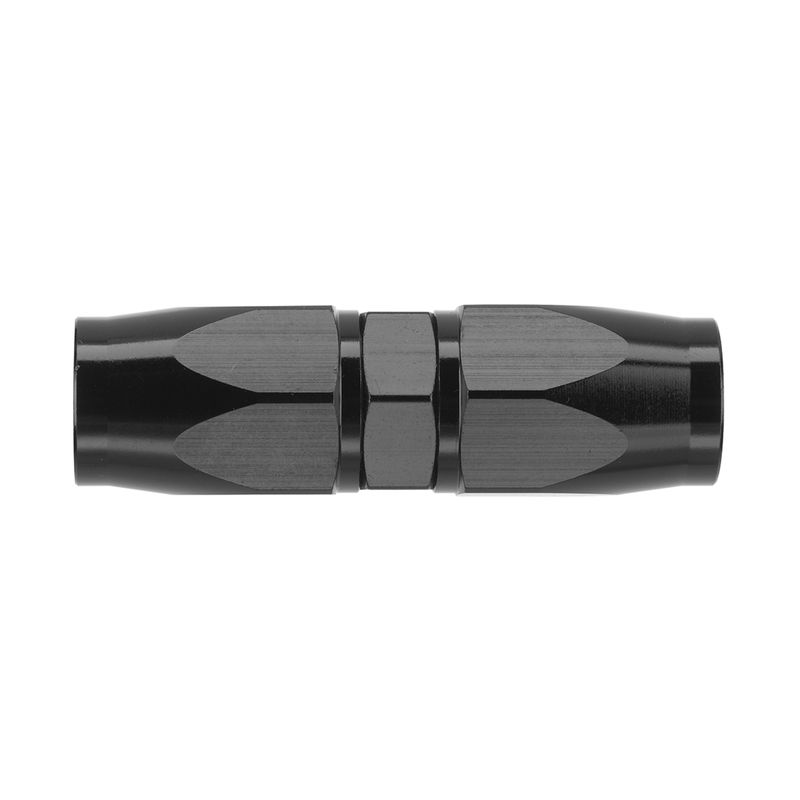
In the 1980s Colombian drug traffickers used a secret language called “Parlache”. They were merchants wandering around the villages of various haberdashery trifles, pictures and books. That is why their language was called “fenya”. An example of such a language: "Who does not work - he does not eat." — Kchon doesn’t mastyr, he doesn’t shave.
The term "secret language" is a synonym for such words as slang and jargon. Argo is the language of some narrow group of people. Jargon is characterized by specific vocabulary and phraseology. It happens, for example, the jargon of doctors or programmers.
And now slang is the jargon of youth. Its main difference from other secret languages is that it changes very quickly. The word “slang” itself appeared only in the 80s of the last century, but the terms jargon and slang have been known since ancient times. That is why young people use it.
Main types of slang:
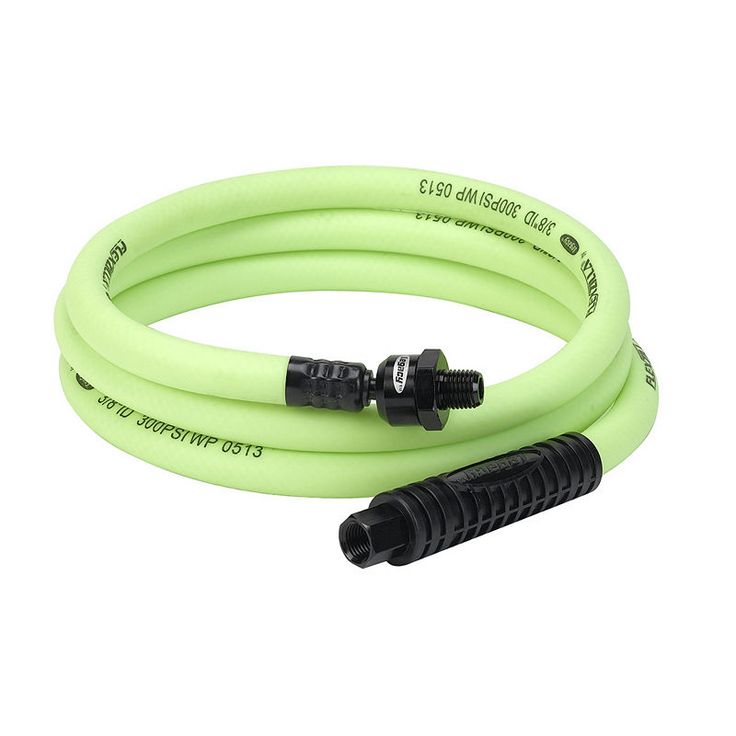
There are several aspects of slang:
Thus, jargon is an established term and uses old words. It is often used in a professional environment or in certain social groups. Slang is more tied to a specific moment and changes under the influence of changes taking place in society.
If you want to improve your conversational English skills, I recommend a selection of applications:
Welding is an art. Welders are funny and outstanding people who like to joke. And what expressions can only be heard if a spark hit the welder's ear! It's something, trust me.
Welders are funny and outstanding people who like to joke. And what expressions can only be heard if a spark hit the welder's ear! It's something, trust me.
With the help of jargon and professional slang, it is easiest for welders, as well as people of other professions, to communicate with each other. In this article on the mimaggsvarka.ru website, we will tell the whole world what welders say.
Cricket is a welder. As a rule, this expression is inherent in all welders who work with manual arc welding. "Sparkle" like a cricket, knock like a woodpecker. It's all about welders.
Side dish - what to serve as a side dish, one welder asks another. Of course, filler wire, what else! So, the “garnish” in the slang of welders is called nothing more than a filler wire for welding.
Crown - welding mask. Most likely, this expression appeared due to the fact that this “crown” is worn precisely on the head, and not in some other place.
Shoelaces - welding cables. There is a perfectly logical explanation that every welder will understand.
Gut - bring the gut. We are talking about gas welding, and to be more precise, about an oxygen hose that is connected to a gas cylinder.
Cartridges are coated electrodes.
Mashka - this expression of welders is a portable gas generator.
Chernyazhka - oh, today Mikhalych is again for us to cook "chernyazhka"! For those who have not guessed what exactly we are talking about, we will explain in detail, the conversation is about steel with a low amount of carbon. A little blackie, that's all.
Gena is not talking about the crocodile Gena, but about a generator for welding. We'll bring Gena to you and cook. That's what welders call the generator.
Dancer is just that pellet from hot metal that can easily fly into the bosom or into the welder's shoes. Caught a dancer! This is what welders say when scale flies into the ear or under clothes. Impressions from this are unpleasant, believe me.
Impressions from this are unpleasant, believe me.
To chirp means nothing more than to “grab” a metal blank.
Earth - well, everything is clear here anyway. As in electrics, "ground" means one thing, that is, grounding!
Beard - hanging beard! With this slogan, welders call a carelessly made ceiling seam. Indeed, if you look at it from the bottom up, you can see how the smudges of metal that have flowed down, seem to resemble a beard.
Woodpecker - what do you think, who do you affectionately call a woodpecker? That's right, another welder who beats off the slag. He, like a woodpecker, knocks on the workpiece with his hammer and does not calm down. Well, dude, that's all!
Thank you for reading to the end. Stay with us, subscribe to other channel news. Peace and good luck friends!
Agile is a flexible development methodology that takes into account and adapts to the wishes of customers. It implies exceptional professionalism, independence and autonomy of the team, shared responsibility and participation.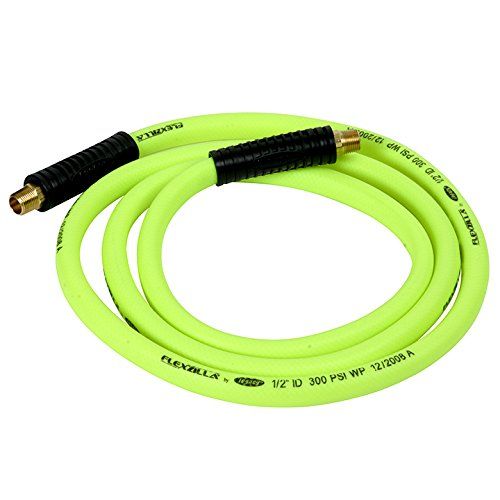 The Agile Manifesto declares:
The Agile Manifesto declares:
1. People and interaction are more important than processes and tools.
2. A working product is more important than comprehensive documentation.
3. Cooperation with the customer is more important than agreement on the terms of the contract.
4. Readiness for change is more important than following the original plan.
Scrum (from the English scrum - fight, fight) - a project management methodology, the practical implementation of the principles of Agile. Scrum is based on iterative development, maximizing the use of resources and team potential.
Scrum master - helps the team to solve problems, work as efficiently as possible, motivate. Assists in mediation between the team and the customer.
Sprint (from the English. sprint - running a short distance) - the development stage of Scrum. Work on the project consists of a series of sprints lasting 1–4 weeks. Each sprint ends with a release with updated functionality. The shorter the sprint, the more flexible the development is and the more feedback on releases can be taken into account.
The shorter the sprint, the more flexible the development is and the more feedback on releases can be taken into account.
Storypoint (from the English story point - plot point) - a measure of labor intensity, an assessment of the amount of work on Scrum. Storypoint is not equal to hour. This abstract unit is defined for the project individually. For one storypoint, they take equal to the simplest, basic task of the project. Such parrot evaluation compares requirements relative to each other.
Retrospective (from the English retrospect - a look into the past) - the stage following the development sprint. It examines the bugs and issues that the team encountered during the sprint. Conclusions are taken into account in the following sprints and projects.
Timlid (from the English team lead - team leader) - the leader of the team. In IT, he is a leading developer with developed skills as an engineer, manager, administrator, and negotiator. Permanent link between the team and the customer on the part of the performer.
Frontend (from the English front-end - external interface) - the development area of the visually displayed part of the site, application, software. The part of the product that the user interacts with.
Backend (from the English back-end - server side) - the hardware and software part of the site, applications, software. Responsible for storing and processing data, transmitting and receiving information from the user through the frontend.
User story (from the English user story - user story) - the requirements of the target audience, which are implemented step by step, in sprints, by the development team. A kind of specification format that helps developers look at the product from the user's perspective.
Killer feature, epic feature (from the English feature - feature) - a key feature that makes the product a hit. There are many options in the Megaplan CRM system. Depending on what you do, each of them can become an epic feature for your company.
Relocation (from the English. relocation - moving) - moving an employee, department or the whole company to another city or country. As a rule, the employer pays the costs of transportation and rental housing for the first time.
Onboarding (from the English onboarding - adaptation) - the integration of a new employee into the company or familiarization of a new client with the product.
Milestone (from the English. milestone - milestone) - a stage in the development of the project, a checkpoint, a new stage.
CTO (si-ti-o) (English Chief Technical Officer) - technical director. Can be a cool engineer, but not required. Among the CTOs of various corporations, there are co-founders, managers who have grown from ordinary employees, and specialists hired from outside. CTO is first and foremost an executive director who understands business and development strategy, and only then a techie.
Roadmap (from the English road map - road map) - a technological map of product development. It prescribes the main stages of production, technical conditions and ways to achieve goals. The roadmap defines the direction and key points - it is not a detailed plan. Roadmaps for one product, but for different audiences will be different: the management and the development department have different goals and objectives. The document should be based on the company's strategy and answer questions about how and why we make this product. The roadmap may change during the course of work.
It prescribes the main stages of production, technical conditions and ways to achieve goals. The roadmap defines the direction and key points - it is not a detailed plan. Roadmaps for one product, but for different audiences will be different: the management and the development department have different goals and objectives. The document should be based on the company's strategy and answer questions about how and why we make this product. The roadmap may change during the course of work.
Product manager (from English product manager) - product manager. Accompanies the development of a turnkey product at all stages - from market analysis and prototype development to promotion, sales and analytics. Interacts with developers, designers, marketers, etc. Creates and improves the product.
Project manager (from the English. project manager) - the manager of a specific project in the development of a product. Determines the client's requirements for the project, sets tasks for the team, controls their implementation, coordinates different departments and development stages, helps to find and fix bugs, make changes. Leads the project.
Push (from English to push - to push) - persistently remind, "pull" the performer. The closer the deadline and the lazier the worker, the more often and harder he has to push.
Gamification (from the English. gamification) - the use of typical gaming techniques (characters, tasks, rewards, points, competition) to attract and retain customers, stimulate staff. For example, the work of foreign language learning services LinguaLeo and DuoLingo is based on gamification.
Visionary (from the English visionary - seer) - strategist, technological prophet, futurist. In a company, such a person determines the product and business development strategy. The visionary can be the founder (Elon Musk, Steve Jobs) or an expert on staff.
Targetologist (from the English target - goal) - a specialist in targeted advertising. Determines the target audience and directs advertising to it. To do this, it takes into account gender, age, interests, income, education, geography and a number of other factors. The targetologist creates sales chains, works with traffic, is engaged in retargeting (shows ads to people who have already been in contact with the message).
Pivot (from the English pivot - a point of rotation, turn) - a change in the business model. It happens when a company seriously changes its product or methods of monetization, focuses on a different audience and markets. An example of a cardinal and successful pivot is Groupon. Initially, it was conceived as an analogue of Kickstarter for non-commercial projects.
Pitch (from the English pitch - pitch) - a brief presentation of your project / idea to investors, the jury, the authorities. May be accompanied by a presentation, demonstration of a prototype. There is the concept of elevator pitch - a story about your project while riding in an elevator.
MVP (Minimum Viable Product) is a "raw" prototype with reduced functionality, which can be used to determine the demand for a solution, change it according to the wishes of the target audience.
Fakap (from the English fuck up - to spoil) - failure, failure.
This list of words and expressions does not claim to be comprehensive and only gives a general idea of the most popular words.
Many of these words have been used for more than a year, so they cannot be considered purely “youthful” (for example, butthurt or vpiska). Others came into use recently (padra) and it is not even clear whether they will be fixed in the language for a long time.
Aggressive - to be aggressive, angry.
Auf, auff - an interjection expressing admiration ("wow!" or "wow!")
Byte - copy, steal other people's ideas. In another sense - to provoke, to troll.
Ban - block on the Internet.
Butthurt - irritation, resentment.
Bipolar - bipolar personality disorder. In a figurative sense - inconsistency, a contradiction to oneself.
Bullying - bullying, including on the Internet.
Boomer is a representative of the older generation. “OK boomer” is a mocking response to the elder (“Yes, yes, old man, calm down”).
Vibe - atmosphere, mood. The feeling of a person, place, event.
Registration - a party or an apartment where they gather for a party.
Vsraty - ugly, ugly.
WTF or WTF - what the fuck, "what the hell?"
Go - let's go.
Movement - any activity, movement, party.
Dnoklas are classmates.
Doumer is a young pessimist, a joyless youth.
Zashkvar - shame, misbehavior.
Zoomer is a teenager from Generation Z.
Easy, on easy - easy, without difficulty.
Kamon - a call to action ("let's go", "come on").
Kekat - laugh, mock.
Crush - a person who likes, an object of adoration, unrequited love.
Krinzh - shame for other people's actions, a feeling of awkwardness and disgust.
Creep - scary, frightening.
Cuckold is a cuckold, a man who tolerates his wife's infidelities.
Lmao - I laugh wildly, I laugh.
Loyce - like, like button in social networks.
Lol - laugh out loud.
Merch, merch - clothes and other goods with symbols of musicians and other celebrities.
Millennials - the generation of children of the 1980s and 90s.
Noob - a beginner, an inexperienced person.
OMG, OMG - my God.
Padra is a friend. In the song, Miyagi figuratively means marijuana.
Pal is a fake, most often "singed" branded clothing and shoes.
Prank - prank.
Proofs - evidence, usually in the form of a link to the source of information.
Rip - die.
Rofl - rolling on the floor with laughter. To roar - to laugh uncontrollably.
Slam - push at concerts.
Sasny - seductive, pretty, sexy.
Stream - broadcast live on the Internet.
Stanit - to admire, to be a passionate admirer of someone or something.
Tascher is a good video game player, helping his teammates "pull out" even a failed match.
Facepalm - a face covered with a hand. A gesture of disappointment and shame.
Flex - dance, have fun, relax noisily.
Hype - hype, excitement around something.
Hate - to hate, scold. Hayter is a hater, a critic.
Check - check, study.
Chilit - passively rest, relax.
Cheater - swindler, swindler. A gamer who uses codes in computer games.
ES - blacklisted
Add/throw in emergency - block the user "VKontakte".
CHSV - a sense of self-importance, inflated self-esteem.
Shame - to shame someone.
The skin is a loose girl.
Shmot - clothes. “Explain the gear” is the demand of hooligans who provoke a fight.
Useless - useless.
More posts ON THE MAIN PAGE OF THE BLOG and in the ARCHIVE OF PUBLICATIONS
Operational information on our accounts:
fb — , ;
vk - vk.com/labprir;
ok - ok.ru/group/52618336075994;
t - t.me/koteykarorshah;
ig - instagram.com/koteykarorshah
Kamelek - stove, hearth, made of dry stones, without a binder solution. The smoke from it goes directly into the room itself and is drawn out either through the door or into a special hole in the wall.
Fireplace - (from German) - an open room stove with a direct chimney, which warms the rooms directly with the flame of the fuel burning in it.
Flutes are vertical grooves on the shafts of columns, pylons or pilasters.
Eaves (from Greek) - protruding belt crowning the outer walls of the building, designed to protect the walls from rain. Upper part of the entablature. The cornice is in turn divided into three parts (from bottom to top: supporting, teardrop and crowning).
Tiles (from German) - a tile, a thin tile of baked marl clay, covered with glaze on the outside. The tile serves for facing of furnaces, walls and floors.
Quadr — hewn stone with a prismatic shape.
Building class - a category that determines the significance, architectural value, functional complexity of the building, its urban and social significance.
Kohler (from Latin) - the color of the paint, its tone and density.
Comfort (from English) - a set of household amenities.
Structural diagram of the building is a concept that characterizes the type of the bearing frame of the building. The load-bearing frame is a set of building elements combined into a system that ensures its strength, rigidity and stability. The strength of the bearing frame is its ability to resist the influence of design loads without collapsing and without receiving unacceptable deformations; the rigidity of the supporting frame is the invariance of its shape in the process of receiving loads, and stability is the resistance to overturning. The loss of one of these qualities, one way or another, leads to the failure of the entire system of the carrier frame.
Structure (from Lat.) - structure, device, construction, plan, relative position of parts (structure, project, etc.).
Buttress (from the French. contre-force - counteraction) - a vertical protrusion of the wall, counteracting the expansion phenomenon.
Corridor-sectional house is a kind of sectional house. Unlike a purely sectional house, where residential cells are grouped directly around the stair-lift node, in this scheme a section is formed by connecting several residential cells with a horizontal connection - a corridor that goes to a vertical connection - a staircase, an elevator. Typically, a section in houses of this type is formed from 8 or more apartments.
Corridor house - a residential building in which residential cells (apartments) are located on two sides of the corridor, which is a horizontal communication link. The corridors are connected floor by floor by stairs, of which there must be at least two. The width of the corridor is usually 1.4-1.6 m, the length is 40 m or more.
Box vault with formwork - formed by crossing at right angles K.S. with others K.S. smaller span and lower height.
Kosour - an obliquely placed beam, thrown between the landings of the stairs, on which, in turn, the stairs are laid.
Cottage (from English) - a small country house.
Red line - the boundary that defines the building line of the street or square of the settlement.
Krepovka (raskrepovka) - a small protrusion of the wall, entablature, cornice.
Roofing - the upper shell of the roof, consisting of a waterproof so-called waterproofing carpet and a base in the form of battens, decking or solid slabs laid on the rafters and roof beams.
Bracket - a part or structure in the form of a console, protruding from the wall, serves as a protrusion.
Hanging porch — a porch resting on pillars and on the ends of logs protruding from the frame itself.
Roof without nails (male) - in the old Russian wooden architecture, the roof, in which the board is not folded on inclined rafters, but on horizontal logs - flat. The ends of these longitudinal legs are cut into the transverse walls of the log house, or otherwise, males. To prevent the gaps from slipping, they are supported from below by a hollowed-out log-stream, based on the “hens”. Such a roof was built without a single nail and held very firmly.
Lounges (French) - rooms in public buildings (parliaments, theaters, public libraries, etc.) that increase the space of the main foyers and halls and are used for relaxation, informal meetings and even for work.
Dome is a vault formed by rotating a curve (arc, circle, etc.) around a vertical axis.
Botakoz
And I bought a new sensor... I changed it, and now the speedometer works like this: I drive about 40-50 km and the arrow rises to 100-120) what is it? Marriage?
Olympia
In my opinion, the disk is lost in rubber
Dat
By the way, do you do auto-selection in Ussuriysk?
Gaffney
there is a special on the castrol can. hose, very conveniently poured
Niho Belmont
Guys, you write comments here that there are no prices for cars, but do you see the price for the services of guys? No! Call to find out :) Be objective. A month ago I was on the Ussuriysk market, I see a lot of cars added, there were a lot of Fits, Vezels, Shuttles, now there are fewer and other cars added, which means there is movement.
Sanaa
help oil is flowing from the box
Nishina Tevriz
Why is everyone watching this? This may be of interest only to those who have never driven a car or have not driven it for a long time, have never used a navigator in a car and do not know that the speedometer shows a speed higher than the real one (unless, of course, you have installed larger diameter wheels on your vehicle) ..
Hayrapetyan
7:50 - how to determine the reducer so that you don't see all the videos
Archangel
but on e 36 how to do it!? can you tell me??? save me for the wound. ..
Khusan
I beg you, do not say these words, even though you be normal
Aibar
Thank you for the information! Didn't know this topic.
Khudovsky Hodzhi
Check lamp does not work, will I repeat your steps from start to finish?
Pelageya
Like if after starting the video you immediately rewind a minute ahead! Repost if your stepfather raped you as a child
Jacks
on the shank is still an abs sensor)
Safari
I turn mine up to 5500 on the second ... up to (90 km.h)
Mehman Kashmanov
the car accelerates, the sun shines: 15 24... why is that?? you need to remove the speedometer!
Vagif
I was m-72 only I remember him with kind words!
Taziev Alb
19 minutes. What freaks do you have to be to break young Christmas trees? ..., one word.
ISO
Ugh, how can you compare Peugeots with these crappy, shitty Koreans.
Nail
I sing what I see. Donkey in one word
Rodziontkovsky Lev
cool magazine on the desktop =D
Bulakh
Nail, hello! 9... There are three nozzles on Sedia's filter cover, and our 9 Lancer has two!
Carlo
So good, it's boring. :-(
Sobchak
and the emergency ignition lamp should blink or burn when the ignition is turned on??
Solokha
Bratish symptoms are 1. when the front end is turned on on ice at a speed of more than 55 with the gas pressed, there is a strong itching throughout the car, when you coast there is no itching, when the front end is turned off there is also no itching; 2.